Description
Talc: More Than Just Baby Powder
Talc, a soft, naturally occurring mineral composed of hydrated magnesium silicate, is probably best known as the key ingredient in talcum powder. However, this versatile mineral boasts a wide range of applications, from cosmetics and pharmaceuticals to plastics and ceramics. This article delves into the properties, uses, and controversies surrounding talc.
What is Talc?
Talc is a metamorphic mineral, meaning it’s formed from other minerals under intense heat and pressure. Its softness, ranking only 1 on the Mohs hardness scale, is its defining characteristic. This softness allows it to be easily ground into a fine powder, making it ideal for various applications.
Key Properties of Talc:
- Softness: Allows for easy grinding and use as a lubricant.
- Inertness: Doesn’t react readily with other substances.
- Absorbency: Can absorb moisture and oils.
- Whiteness: Contributes to opacity and brightness in products.
- Luster: Has a pearly or greasy sheen.
- Thermal and Electrical Insulator: Doesn’t conduct heat or electricity well.
The Diverse Uses of Talc:
Talc’s unique properties contribute to its diverse applications across various industries:
- Cosmetics and Personal Care: As talcum powder, it absorbs moisture, reduces friction, and prevents rashes. It is also used in foundations, eyeshadows, and other cosmetic products to provide a silky texture and improve application.
- Pharmaceuticals: Used as a filler, lubricant, and dusting powder for surgical gloves.
- Plastics: Talc acts as a filler, reinforcing the plastic and improving its rigidity, heat resistance, and dimensional stability. It’s used in automotive parts, appliances, and packaging films.
- Paints and Coatings: Improves the consistency, opacity, and weathering resistance of paints.
- Paper Industry: Used as a filler to improve paper smoothness, brightness, and printability.
- Ceramics: As a fluxing agent, it lowers the melting point of ceramic mixtures, improving their strength and translucency.
- Roofing Materials: Added to asphalt roofing shingles to improve their weathering resistance and durability.
- Agriculture: Used as a carrier for pesticides and herbicides.
Concerns and Controversies:
The most significant controversy surrounding talc stems from potential asbestos contamination. Asbestos, a known carcinogen, can naturally occur in the same geological formations where talc is mined. Historically, some talc mines have been found to contain asbestos fibers, leading to concerns about the safety of products containing contaminated talc.
These concerns have led to numerous lawsuits alleging that exposure to asbestos-contaminated talc products, particularly talcum powder used for feminine hygiene, can cause ovarian cancer and mesothelioma (a cancer affecting the lining of the lungs, abdomen, or heart).
While the scientific evidence linking talc itself to cancer is inconclusive and debated, regulatory bodies like the FDA have focused on ensuring talc products are asbestos-free. Manufacturers are increasingly sourcing talc from mines known to be free of asbestos and implementing stringent testing procedures to verify the purity of their products.
Looking Ahead:
The future of talc usage is tied to addressing the concerns surrounding asbestos contamination and exploring alternative materials. Research into asbestos-free talc sources and rigorous testing protocols are crucial for maintaining consumer confidence. Furthermore, the development of alternative materials with similar properties, such as cornstarch, tapioca starch, and silica, is gaining traction, particularly in applications where safety concerns are paramount.
Conclusion:
Talc is a versatile and valuable mineral with a wide range of applications. While the controversies surrounding asbestos contamination have raised valid concerns, ongoing efforts to ensure the safety of talc products and the development of alternative materials are shaping its future. Understanding the properties, uses, and potential risks associated with talc is essential for consumers and industries alike. As technology advances and research expands, we can expect safer and more innovative uses of this unique mineral in the years to come.

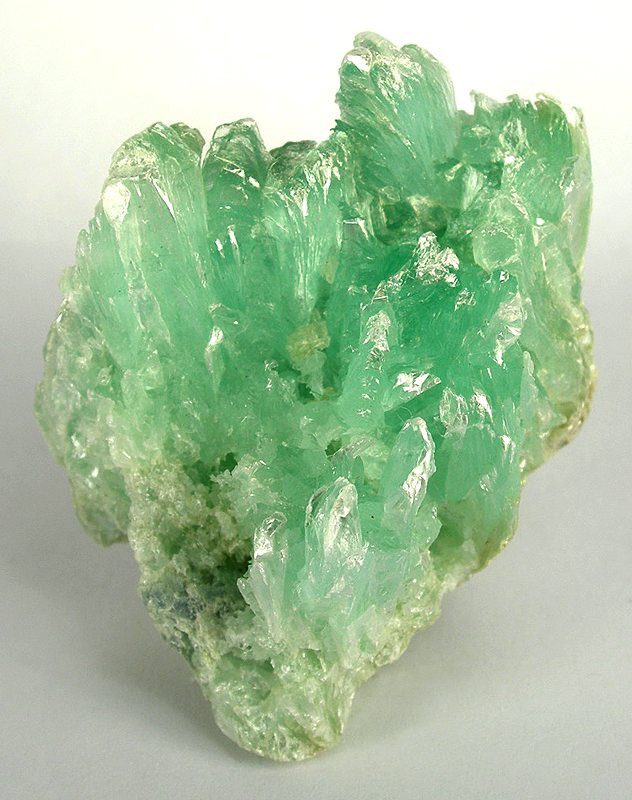
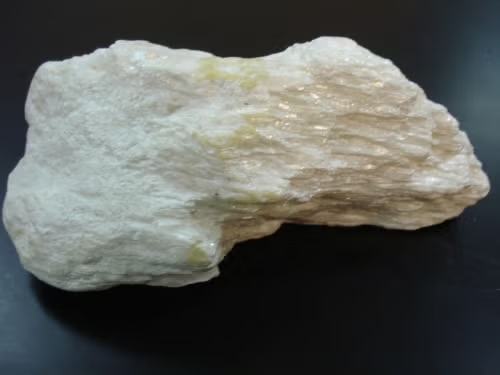
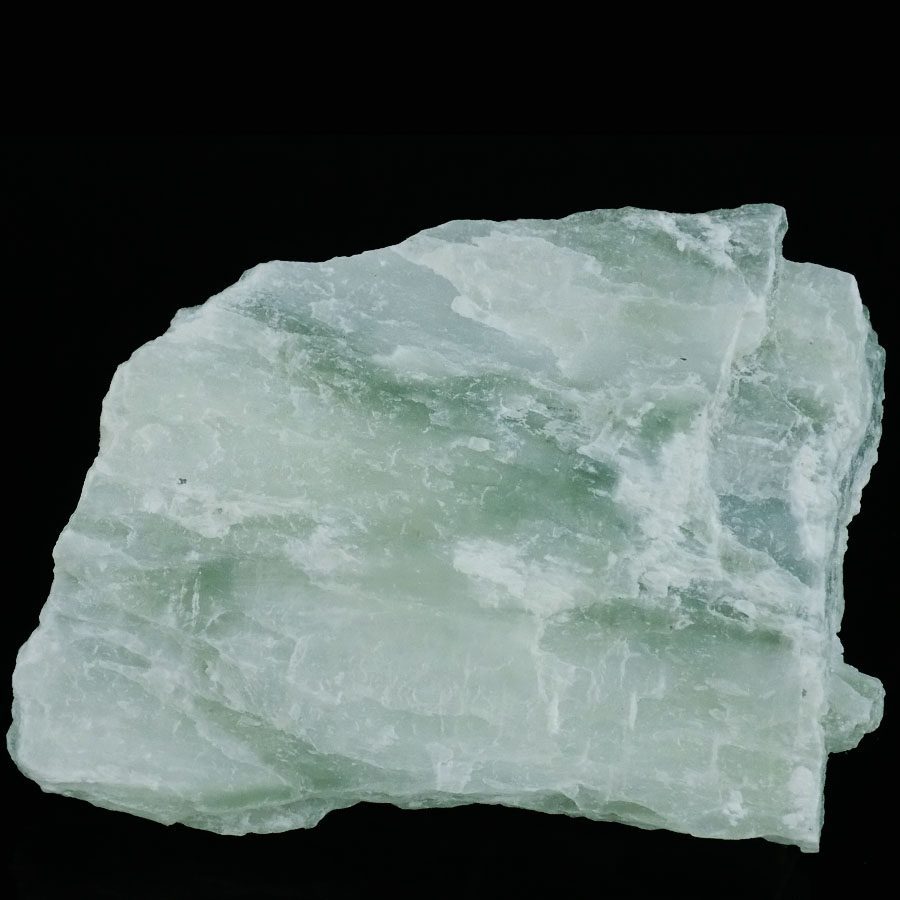
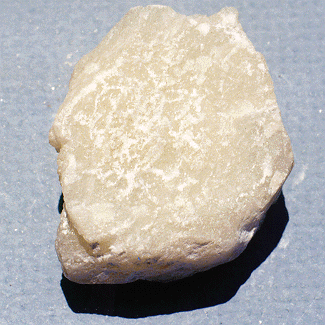
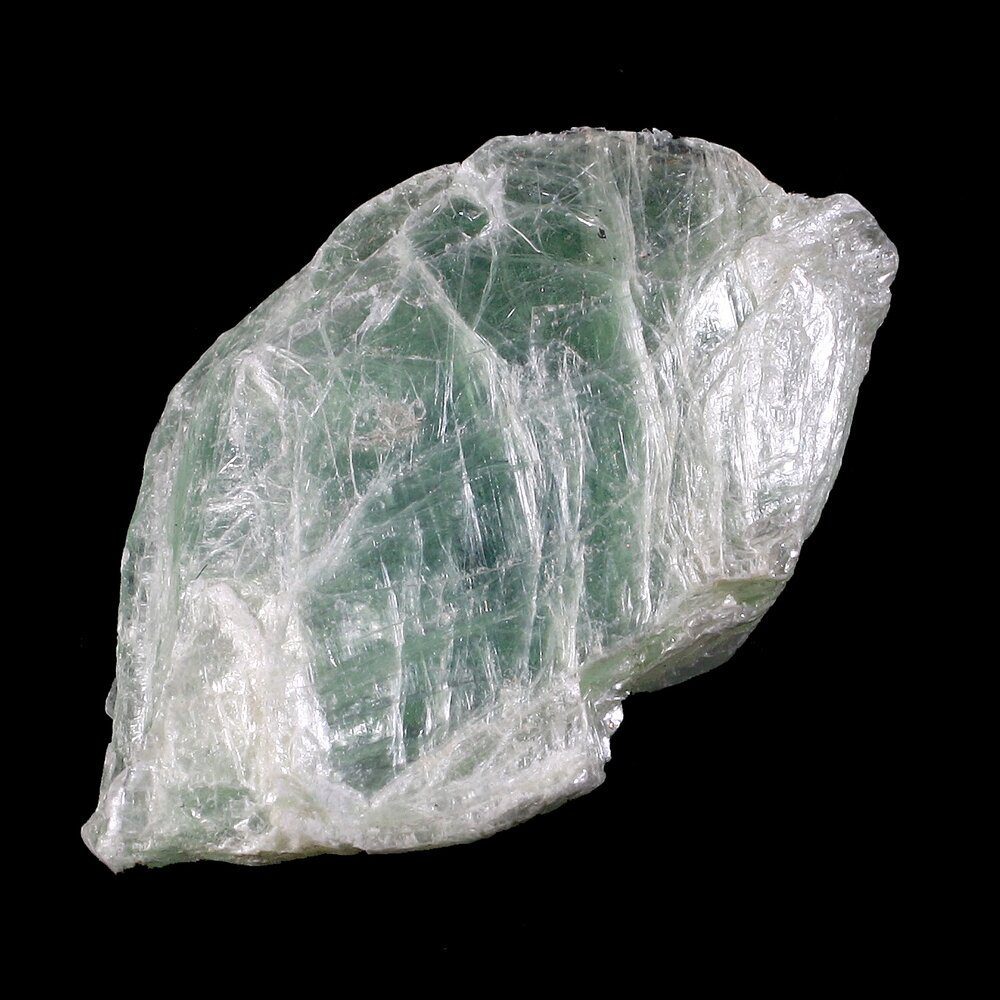
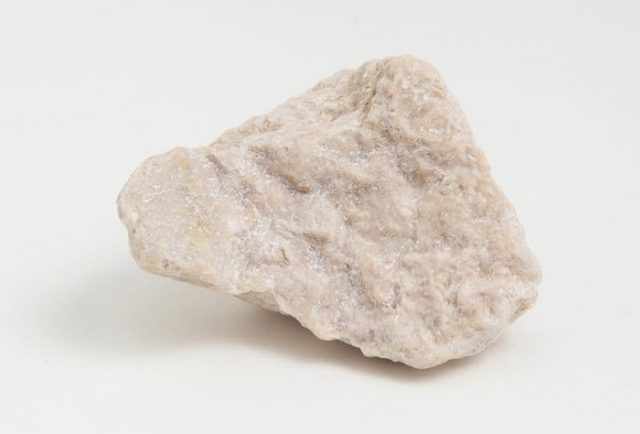
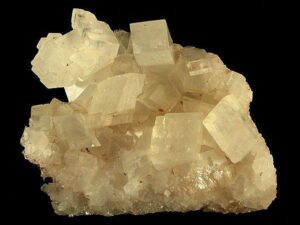

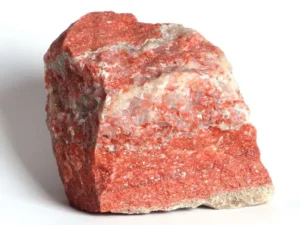

Reviews
There are no reviews yet.